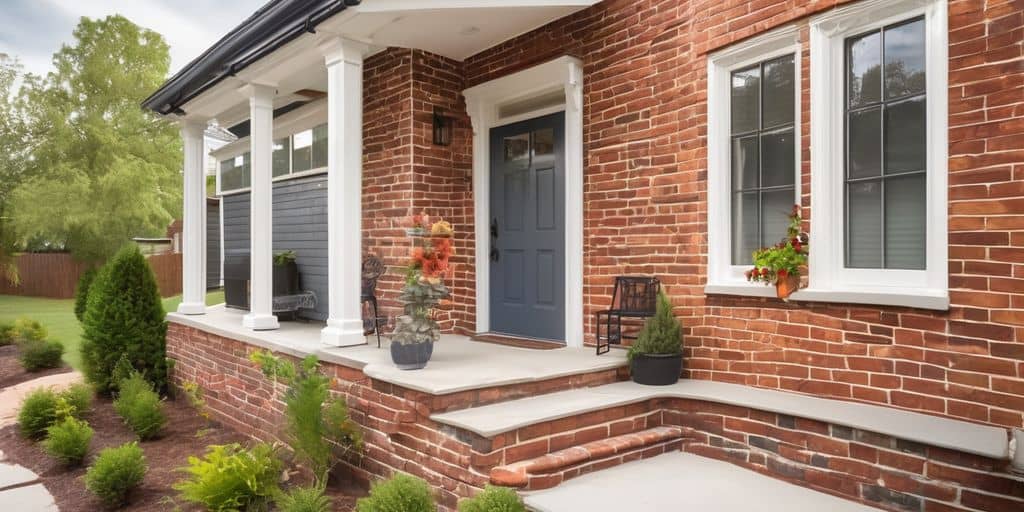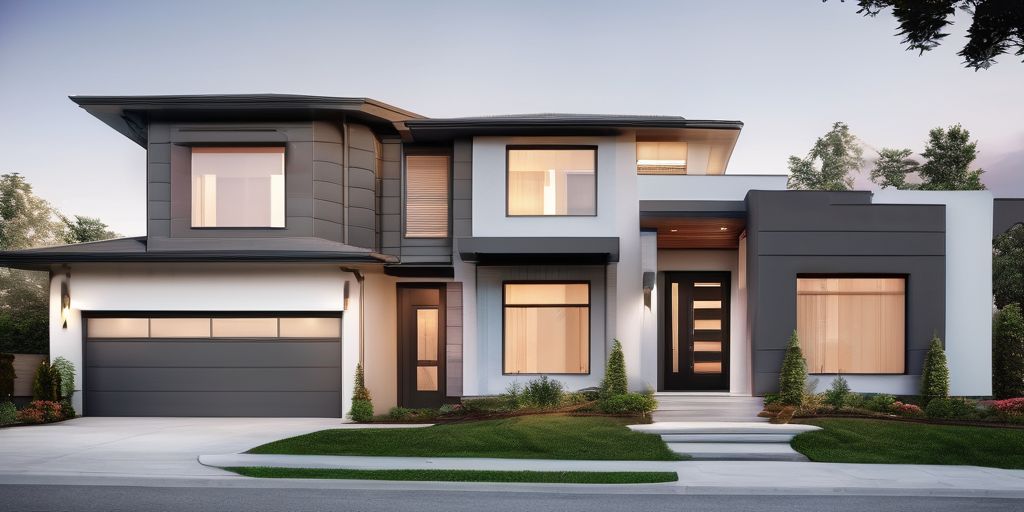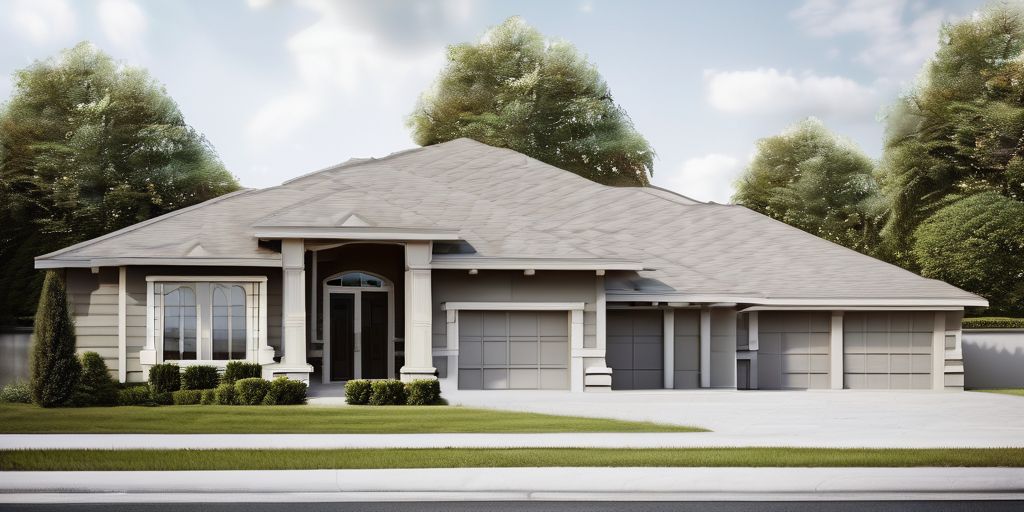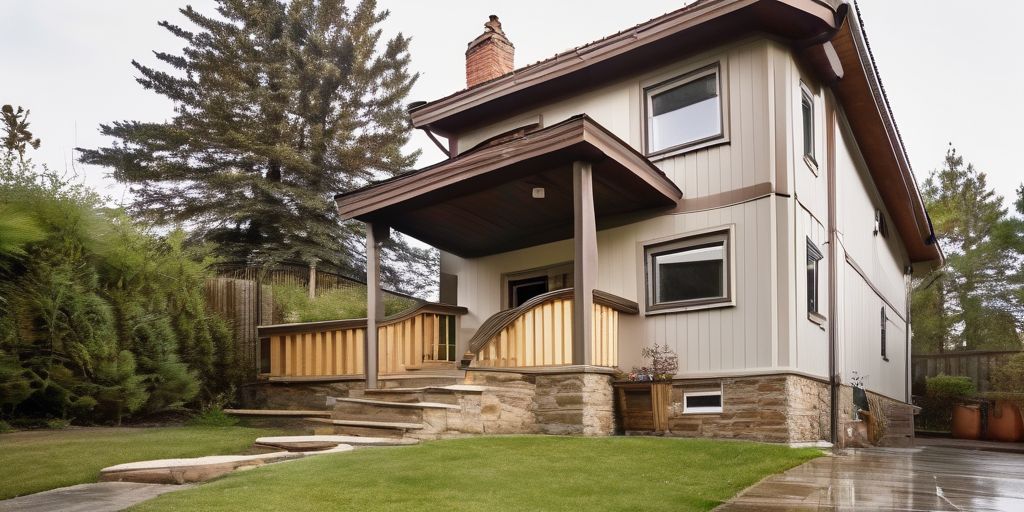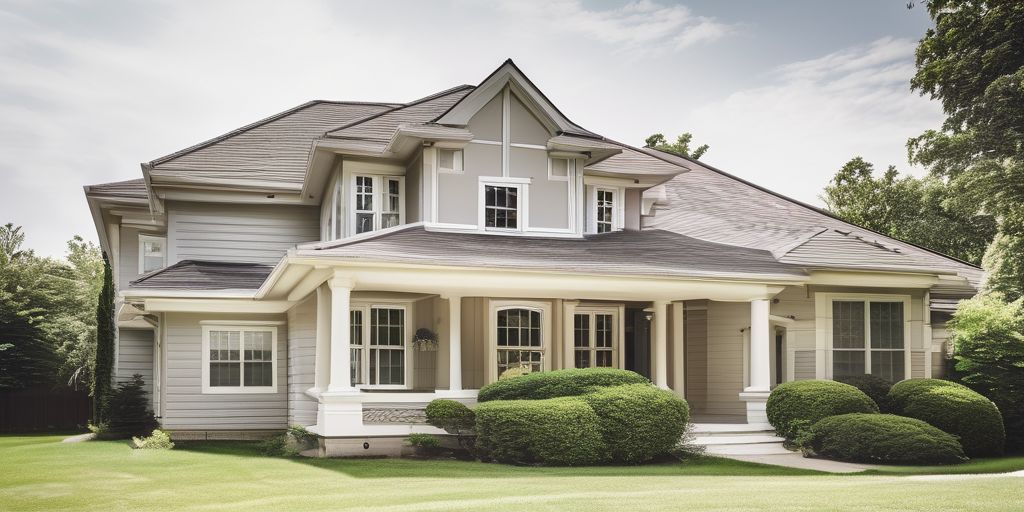Painting brick surfaces can dramatically transform the look of your property, but achieving professional results requires careful preparation, the right materials, and expert techniques. Whether you’re a DIY enthusiast or considering hiring a professional, understanding the intricacies of brick painting will help you achieve a stunning and durable finish.
Key Takeaways
- Proper surface preparation, including cleaning and priming, is essential for a durable and smooth finish.
- Selecting the right type of paint and color is crucial for both aesthetic appeal and longevity.
- Mastering painting techniques, such as choosing between a brush and roller, can significantly impact the final result.
- Innovative solutions like AI Brick Photo Analyzers and eco-friendly paint options can enhance the painting process.
- Regular maintenance, including cleaning and touch-ups, is necessary to keep your painted brick surfaces looking their best.
Preparing Your Brick Surface for Painting
Preparing a brick surface for painting is a critical step that can significantly impact the quality and durability of your paint job. Here’s a step-by-step guide to ensure your brick surface is ready for a fresh coat of paint:
Selecting the Perfect Paint for Brick
Choosing the right paint for your brick surfaces is essential for both durability and aesthetic appeal. Here are some key considerations to help you make the best choice.
Mastering Painting Techniques for Brick
Brush vs. Roller: What to Use
When it comes to painting brick, you have two primary tools to choose from: brushes and rollers. Each has its own advantages:
- Brushes: Ideal for detailed work and getting into the crevices of the brick. Use a high-quality brush with stiff bristles for the best results.
- Rollers: Perfect for covering large, flat areas quickly. Opt for a roller with a thick nap to ensure even coverage on the textured surface of the brick.
Layering for a Smooth Finish
Achieving a smooth finish on brick requires a bit of patience and technique. Follow these steps:
- Start with a thin base coat to ensure good adhesion.
- Allow the base coat to dry completely before applying additional layers.
- Apply subsequent layers evenly, allowing each to dry fully before adding the next.
- For the final layer, use a slightly thicker coat to achieve a uniform appearance.
Avoiding Common Mistakes
To ensure your brick painting project is a success, avoid these common pitfalls:
- Skipping the primer: Always apply a primer to help the paint adhere better and last longer.
- Using the wrong type of paint: Choose a paint specifically designed for masonry surfaces.
- Ignoring weather conditions: Paint in mild, dry weather to avoid issues with drying and adhesion.
Overcoming surface irregularities in brick painting projects can be challenging, but with the right techniques, you can achieve professional results.
By following these expert tips, you’ll be well on your way to a beautifully painted brick surface that stands the test of time.
Innovative Solutions for Brick Painting
AI Brick Photo Analyzer
One of the most exciting advancements in brick painting is the AI Brick Photo Analyzer. This tool allows homeowners to upload photos of their brick surfaces and receive customized paint recommendations. Achieving lasting quality in brick painting involves careful paint selection, and this tool makes it easier than ever.
High-Density Polyurethane Panels
High-density polyurethane panels offer a range of benefits for brick painting and beyond. These panels are known for their durability and insulation properties, making them an excellent choice for enhancing the aesthetic appeal of a home while also providing practical advantages. Innovative brick accent painting techniques can be significantly improved with these panels.
Eco-Friendly Paint Options
For those looking to minimize their environmental impact, eco-friendly paint options are a fantastic choice. These paints are made from sustainable materials and have low VOC levels, ensuring a healthier home environment. Our collaboration with earth-friendly painting contractors who offer innovative solutions allows us to integrate traditional methods with modern sustainability practices.
Embracing these innovative solutions can transform your brick painting project, making it more efficient, sustainable, and visually appealing.
Maintaining Your Painted Brick Surface
Regular Cleaning Tips
To keep your painted brick looking fresh, gently clean the surface periodically to remove dust, dirt, and grime. Avoid using harsh chemicals or abrasive methods, as these can damage the paint. Instead, opt for a mild soap solution or a pressure washer for exterior surfaces. Proactive maintenance can significantly extend the life of your painted brick.
Touch-Up Techniques
Keep some extra paint on hand for occasional touch-ups. This is especially useful for areas prone to wear and tear. Regularly inspect the painted surfaces for chips or cracks, especially after extreme weather conditions. Early detection can prevent more extensive damage.
Protecting Against Weather Damage
Inspect your painted brickwork regularly, particularly after severe weather. Look for any signs of peeling or chipping paint. If you find any, address them promptly to prevent moisture penetration. Applying a weather-resistant sealant can also provide an extra layer of protection against the elements.
Eco-friendly cleaning and timely repairs are key to maintaining the aesthetic appeal and durability of your painted bricks.
DIY vs. Professional Brick Painting
Pros and Cons of DIY
Taking on a brick painting project yourself can be a rewarding experience. Here are some pros and cons to consider:
Pros:
- Cost savings
- Personal satisfaction
- Full control over the project
Cons:
- Time-consuming
- Requires specialized tools and knowledge
- Potential for mistakes
When to Hire a Professional
Hiring an exterior painter can be a wise decision, especially for larger projects. Professionals bring expertise and efficiency to the table. Consider hiring a professional if:
- You lack the necessary tools and equipment
- The project is too large to handle alone
- You want to ensure a high-quality finish
Cost Considerations
The cost of painting a brick house can vary widely. While some painters charge as low as $20 an hour, be cautious of these offers. Balancing aesthetics and longevity is crucial, and sometimes paying a bit more ensures better results. Here’s a quick comparison:
| Option | Estimated Cost |
|---|---|
| DIY | $200 – $500 |
| Professional | $1,500 – $4,000 |
Whether you choose to DIY or hire a professional, preserving historical brickwork with local style influence can add significant value to your property.
Safety Tips for Painting Brick
Protective Gear
Before you start painting, it’s crucial to equip yourself with the right protective gear. Eye protection and gloves are essential to keep you safe from splashes and debris. Depending on the tools you plan to use, you might also need hearing protection and a respirator mask.
Safe Ladder Use
When working at heights, always ensure your ladder is stable and on a flat surface. Follow the 4-to-1 rule: for every four feet of height, place the base of the ladder one foot away from the wall. Never overreach; instead, move the ladder as needed to maintain balance.
Handling Paint and Chemicals
Proper handling of paint and chemicals is vital for your safety. Always work in a well-ventilated area to avoid inhaling fumes. Store paints and solvents in their original containers and keep them out of reach of children and pets. Dispose of any waste materials according to local regulations.
Safety should always be your top priority when painting brick surfaces. Taking the right precautions can prevent accidents and ensure a smooth, successful project.
When painting brick, safety should always be a top priority. From wearing protective gear to ensuring proper ventilation, there are several steps you can take to protect yourself and your home. For more detailed safety tips and expert advice, visit our website and explore our comprehensive guide on brick painting.
Conclusion
Painting brick surfaces is an excellent way to update the look of a property. By understanding the nature of brick, preparing surfaces properly, choosing the right paint and colors, and applying effective painting techniques, you can achieve a stunning and durable finish. Regular maintenance will ensure that your effort stands the test of time. Whether you’re considering a DIY project or hiring professionals, the right approach to painting brick can yield transformative results.
Frequently Asked Questions
Should I paint my brick house?
Painting a brick house can be a great way to update its appearance. However, it requires careful preparation and the right choice of paint to ensure a durable finish.
What type of paint should I use for brick surfaces?
It’s essential to use a paint that’s specifically designed for masonry. Latex-based or mineral-based paints are often recommended for their durability and breathability.
How do I prepare brick surfaces for painting?
Start by cleaning the bricks thoroughly to remove dirt and efflorescence. Repair any damaged areas and apply a high-quality primer to ensure better paint adhesion.
Can I paint brick surfaces myself, or should I hire a professional?
While DIY brick painting is possible, hiring a professional can ensure a higher quality and more durable finish. Consider your skill level and the project’s complexity when deciding.
How do I maintain a painted brick surface?
Regularly clean the surface to remove dirt and mildew. Touch up any chipped or peeling areas promptly and consider applying a sealant to protect against weather damage.
What are the common mistakes to avoid when painting brick?
Common mistakes include not cleaning the brick thoroughly, skipping the primer, using the wrong type of paint, and not allowing adequate drying time between coats.

